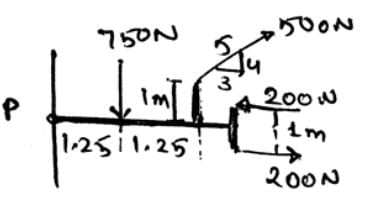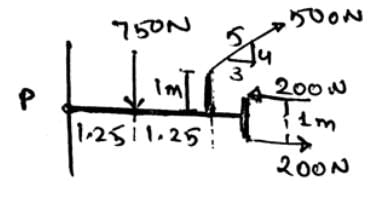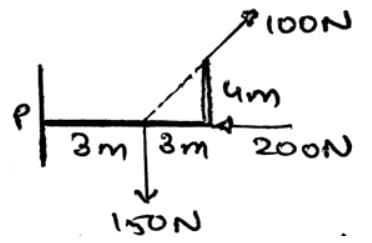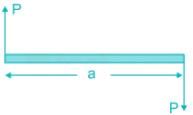Test: Simplification of a Force and Couple System - Mechanical Engineering MCQ
10 Questions MCQ Test - Test: Simplification of a Force and Couple System
The principle of transmissibility is
Find the total resultant force acting horizontally in the given figure below, consisting of a beam with various sections?


The simplification of the couple is done on the basis of the _____
What will be the total resultant force acting vertically in the figure given below consisting of a beam with various sections?

Find the total resultant force acting horizontally in the given figure consisting of a beam of ‘L’ shape?

The simplification of the forces on the axis is done as______
The force and the couple can’t be simplified together as one is the cause and the other is the effect.
The couple is a scalar quantity and the force is vector quantity and hence only force can be simplified as _____
In case of forces, a couple means
The vector representing moment of a couple on a rigid body is a _________.


















